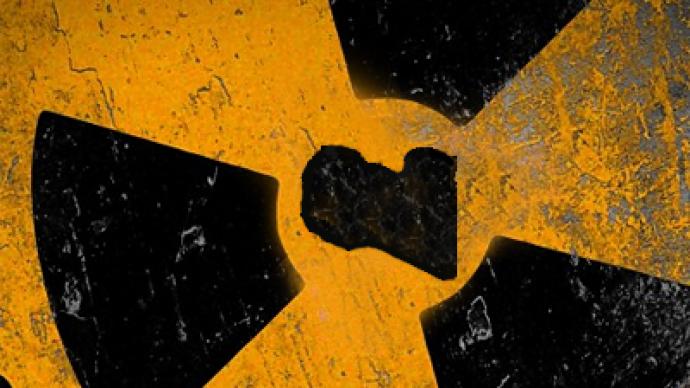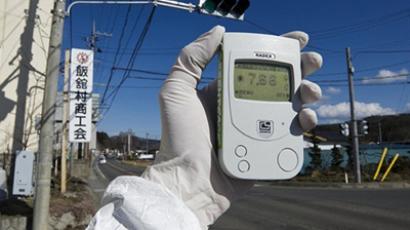NATO using depleted uranium in Libya

Though NATO denies the use of depleted uranium in its humanitarian efforts in Libya, some experts insist that the highly-poisonous metal is being used in North Africa.
Conn Hallinan is a columnist with Foreign Policy in Focus and says that, after examining the impact wounds left on tanks in Libya, he is almost certain that depleted uranium is being utilized. “Politically, it’s a bad idea. Medically, it’s an extremely bad idea. It’s just one of those things that’s an effective weapon that you have to step away from,” says Hallinan, who attests that, why the element is both affordable and powerful, “It’s just a very, very bad idea.”The US dropped thousands of depleted uranium bombs upon Fallujah, Iraq in 2003, and the aftermath since has been catastrophic. A quarter of all births since the strike have suffered from abnormalities ranging from cancer to leukemia, and the rate of mutation among newborns is higher than what was found after America attacked Japan during the Second World War.Hallinan says the US military investigated the effects of uranium warfare as early as 1991 and realized then the consequences. Hallinan reveals that tanks that were impacted by uranium ammunition were buried in radioactive dumps and that those involved in site clean-ups were advised to wear bio-hazard suits and dispose of all of their clothing.“The army knew that the stuff was dangerous. What they didn’t do was they didn’t tell anybody that it was dangerous, and that’s still the situation today,” says Hallinan.Dr. Doug Rokke, the ex-director of the Pentagon’s Depleted Uranium Project, says that there is no way to totally decontaminate an area hit with uranium, an element that has a half-life of 4.5 billion years and has thus earned the title “the silent killer that will never stop killing.” Rokke today says he was told by the government to lie about the effects of uranium and that most of the crew he worked with is now dead.Hallinan says that given the amount of depleted uranium in the hands of the US—one of the few countries that has refused to sign on to the UN’s Human Rights Commission’ ban on the element—we’re going to only further saturate foreign battlefields with the toxic metal in years to come. “The price that you pay for it in the end is simply too high” says Hallinan.














